Nintendo's DS Delivered the Visual Novel to the West
No other platform did as much to popularize the genre
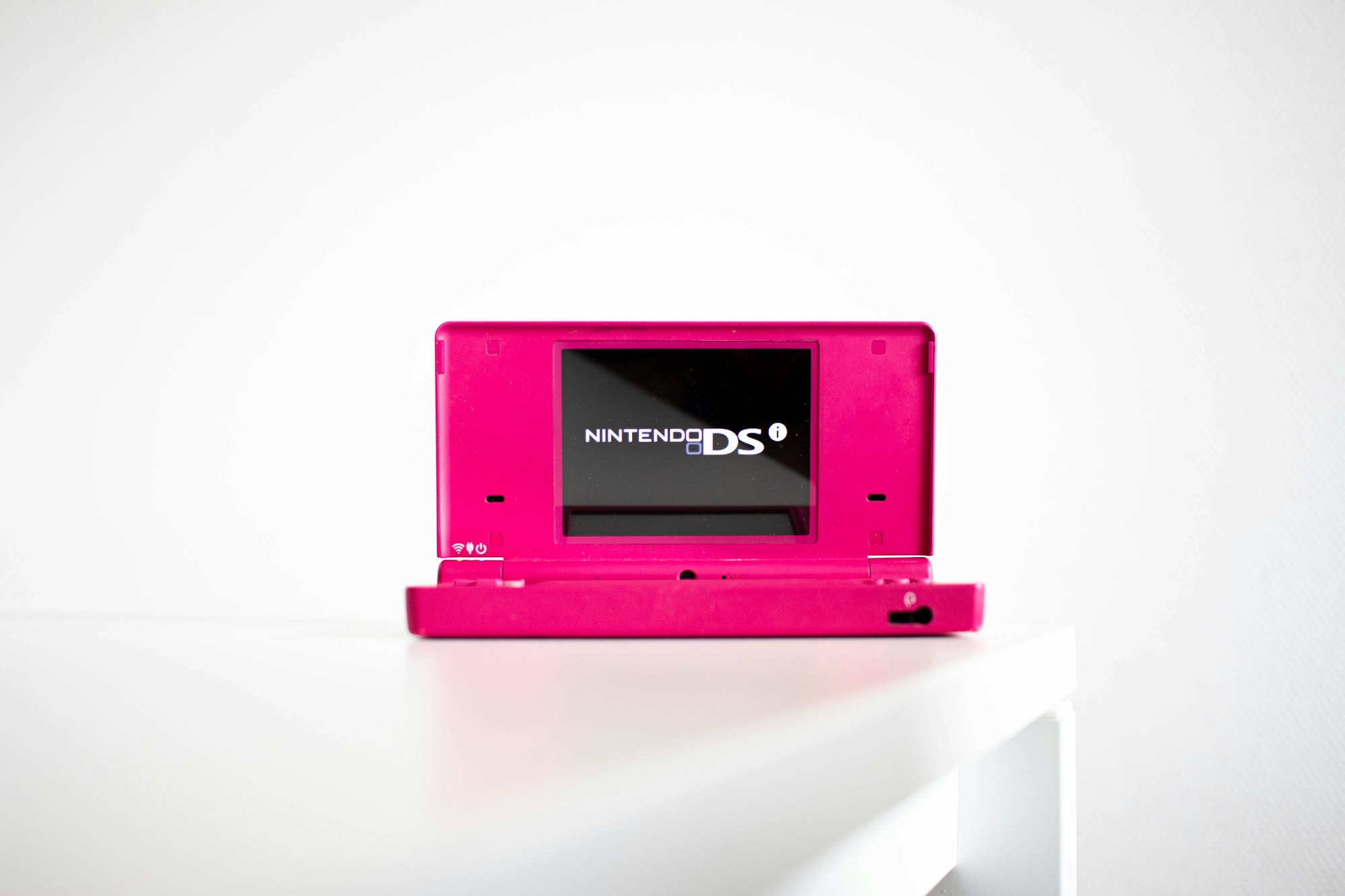
The impact of the Nintendo DS contradicts its size. In fact, it’s the second-highest-selling console (154.02 million units as of September 2023) of all time, only second to the venerable PlayStation 2. It has been part of many gamers’ daily routines, and the visual novel genre found a foothold in a new market because of the influence of the inimitable console. It did it in a way that worked with the platform’s peculiar assets — the touch screen and stylus.
An opening scene
Visual novels have a long history in Japan. Most consider the first true entry of this genre to be Portopia Serial Murder Case, which was released on the NEC PC-6001 in 1983. It’s a murder mystery title that tasks the player with searching for clues. The game successfully found a market in Japan and subsequently breathed life into this genre.
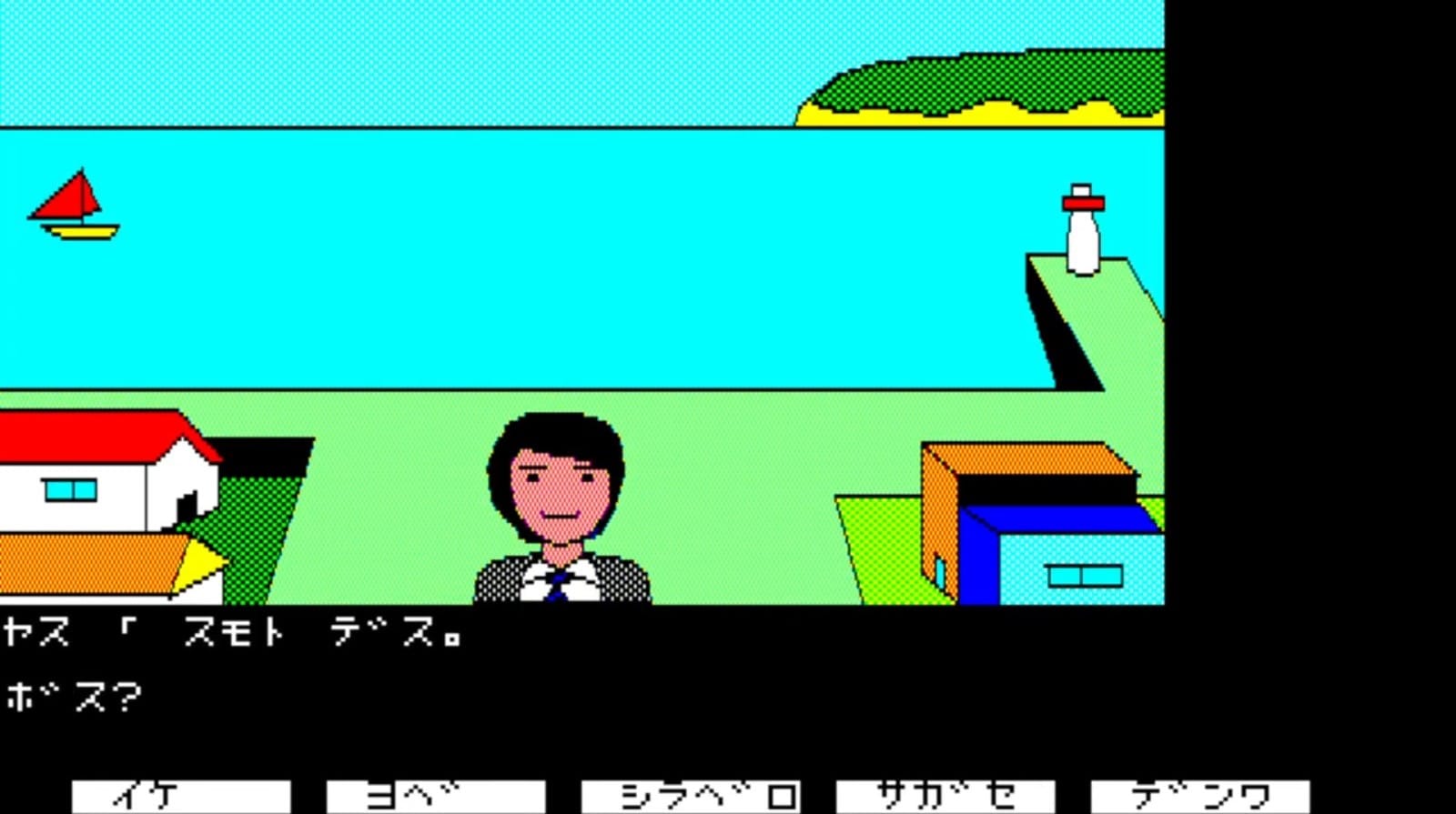
One early Japanese visual novel that saw an official Western release was one of Hideo Kojima's early games, Snatcher, although only for the Sega CD/Mega CD, and about 6 years after its original release. Localizers did censor certain elements, too. The push and pull between the creators and the Western adapters would be a familiar characteristic of localization in later years.
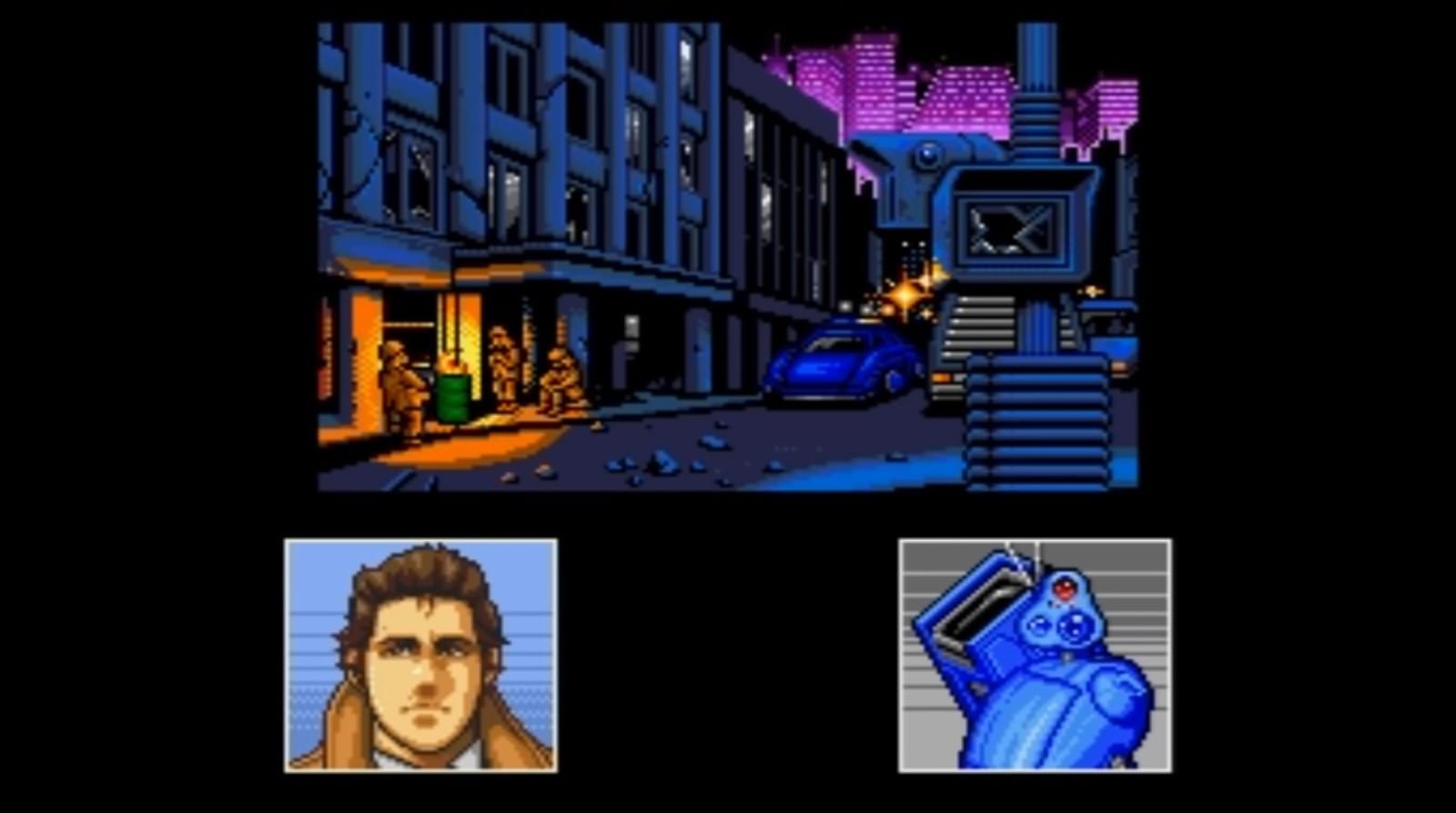
Meanwhile, visual novels remained very much a specialty item in the West. Generally, only specialized retailers, like Hirameki International Group Inc (2000-2008), sold translated versions of Japanese visual novels in the West. The conventional wisdom at the time was the Western gamer, who craved action, would not be interested in such a wordy form of entertainment.
In 2004, Tom Rothamel released the Ren'Py game engine. Western developers would use it to create visual novels. At first, these games tended to be only a couple of minutes long., but certain future developments would change that.
Objections to a norm
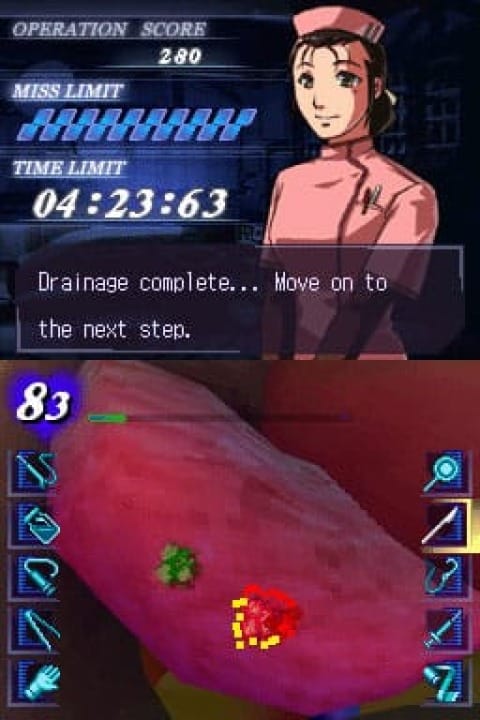
Trauma Center: Under the Knife landed on the Nintendo DS on 16 June 2005. The game's overseas popularity was one factor that increased Atlus USA’s sales by 75% in this period. Despite weak Japanese sales, its performance in the North American market encouraged the company to create more Trauma Center games. LifeSigns: Surgical Unit, another Japanese medical visual novel game on the DS, saw an international release a couple of years later as well, likely inspired by the success of Trauma Center.
Months later, the decent sales performance of Trace Memory (also known as Another Code: Two Memories) further encouraged Japanese game companies looking to expand the reach of their games. In the game, the player interacts with puzzles to uncover the mysteries of Blood Edward Island.

The fact was that 2005 was an important year. Positive sales performance convinced publishers that the Nintendo DS could be a good home for localized visual novels, too.
Phoenix Wright: Ace Attorney arrived in North America in October 2005. In this case, the platform was Nintendo DS, but it had already seen a Japanese release on the Game Boy Advance in 2001. Capcom thus took a chance, and against all expectations, The Ace Attorney became a success in the West. Most of the entries reached the West thereafter, and in 2023, Capcom reported customers around the world had bought 11 million games from the series.
The fact was that 2005 was an important year. Positive sales performance convinced publishers that the Nintendo DS could be a good home for localized visual novels, too. More visual novels, especially ones with interactive elements, received localizations after this pivotal year.
Developments ripple forward
Hotel Dusk: Room 215 launched in North American markets, about 3 days prior to its Japanese release. In its first year, its sales were strong in Japan, but it did not encounter this initial enthusiasm in other markets. Players who managed to get their hands on the game, however, often agree that it is one of the best mystery visual novels,
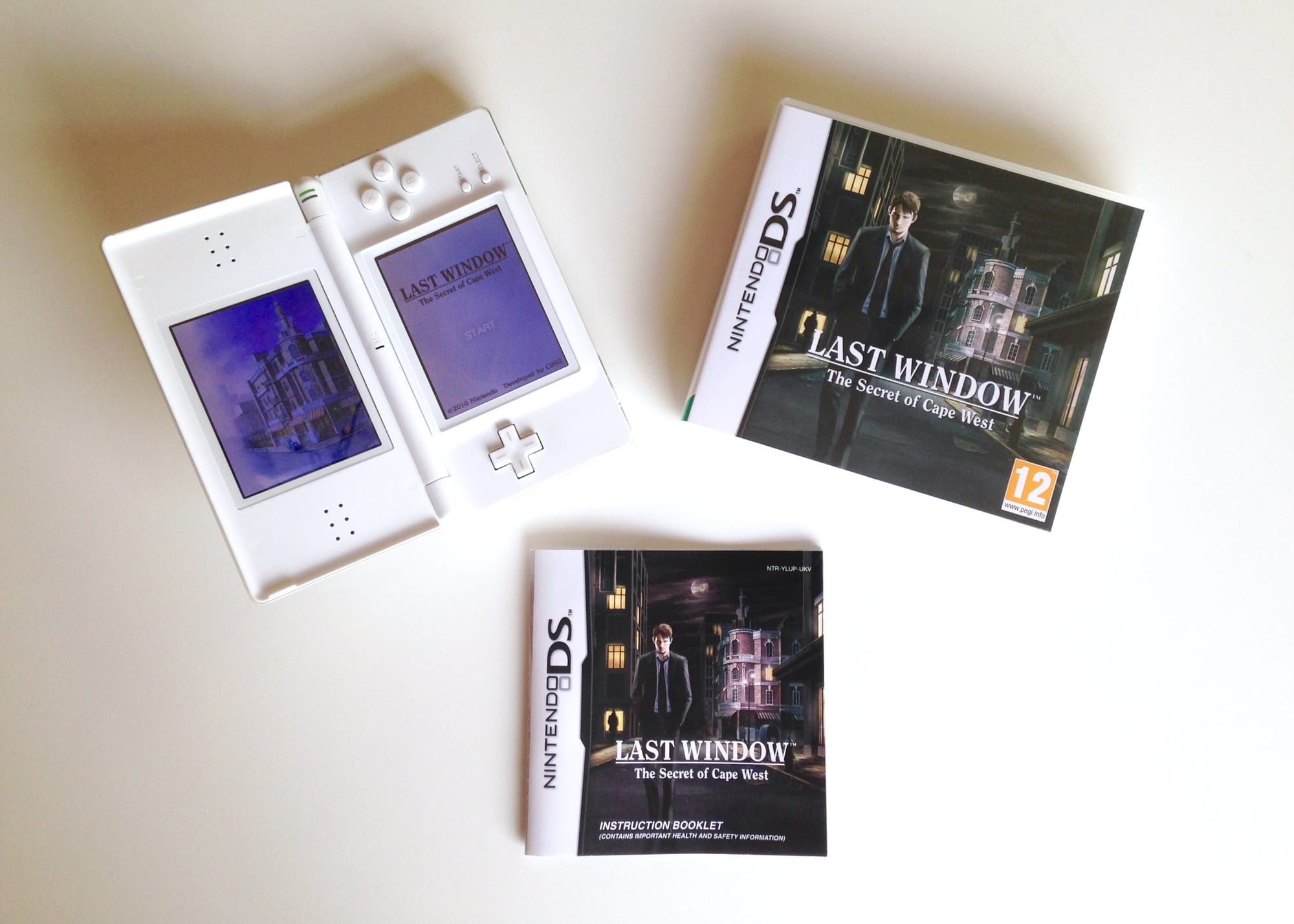
In 2008, Professor Layton and the Curious Village reached many markets outside of Japan, including North America. This game’s charming aesthetic, interesting puzzles, and distinct characters made it a hit with international audiences. The proof was in the sales: The Layton series sold 9,5 million copies by 2010.
That year, Western players also got their first taste of the Tantei Jingūji Saburō series, a fixture in Japan since 1987, in the form of the DS title Jake Hunter: Detective Chronicles. Certain future entries would receive official Western releases, too. Time Hollow, a visual novel that deals with time paradoxes, also appeared on the Western scene in 2008.

Light reaches a reflection
In 2010 the DS lifecycle was nearing its end, with the launch of its successor, the 3DS, already in sight. Ghost Trick: Phantom Detective, a love letter to the platform’s particular brand of visual novels, was released that year. It is fitting that one of its major authors was Shu Takumi, the mind behind many of the Ace Attorney games.
The first Zero Escape series game — 999: Nine Hours, Nine Persons, Nine Doors — made it to North America in late 2010. Sales in Japan the previous year had disappointed Chunsoft, with just under 17,000 units being moved in its first week. The game was more popular in other markets, though, and it was this unexpected overseas success that allowed the franchise to grow beyond this initial entry.
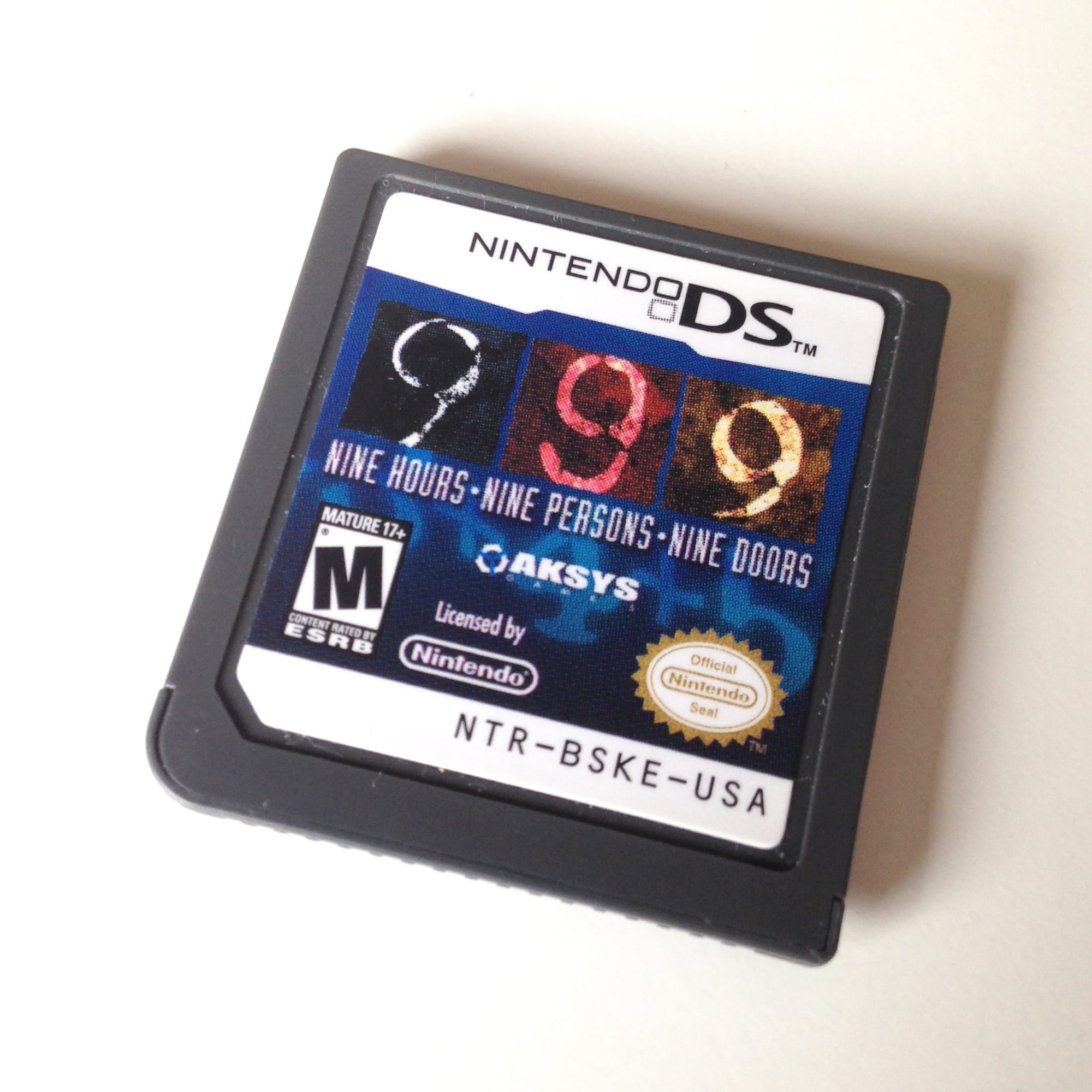
What was the reason for this change in the Western consumer’s attitude? Before, visual novels had a difficult time finding a foothold in the market, but the DS pushed interactive visual novels to the forefront. The interactivity won over hesitant players outside of Japan. The flexibility of the touch screen and stylus also allowed games to accommodate a wide swathe of topics.
Elements snap into place
Years later, many Japanese visual novels received localizations. The drama and romance visual novel Clannad finally reached Steam in 2015. Famicom Detective Club, a franchise that was present in the genre's formative years in the 1980s, even made it to the Nintendo Switch in 2021. Now, many companies — MangaGamer, NIS America, Sekai Project, JAST USA, PQube, Aksys Games, and more — bring visual novels to enthusiastic audiences.
Western developers of the new age also have paid homage to Japanese visual novels through their own creations. In 2015, Aviary Attorney, by Sketchy Logic, put a spin on the formula of the Ace Attorney games. Doki Doki Literature Club is a prominent example that deconstructs the dating sim, a popular subgenre. Fewer gatekeepers and barriers of entry have allowed different marginalized communities to tell their stories.
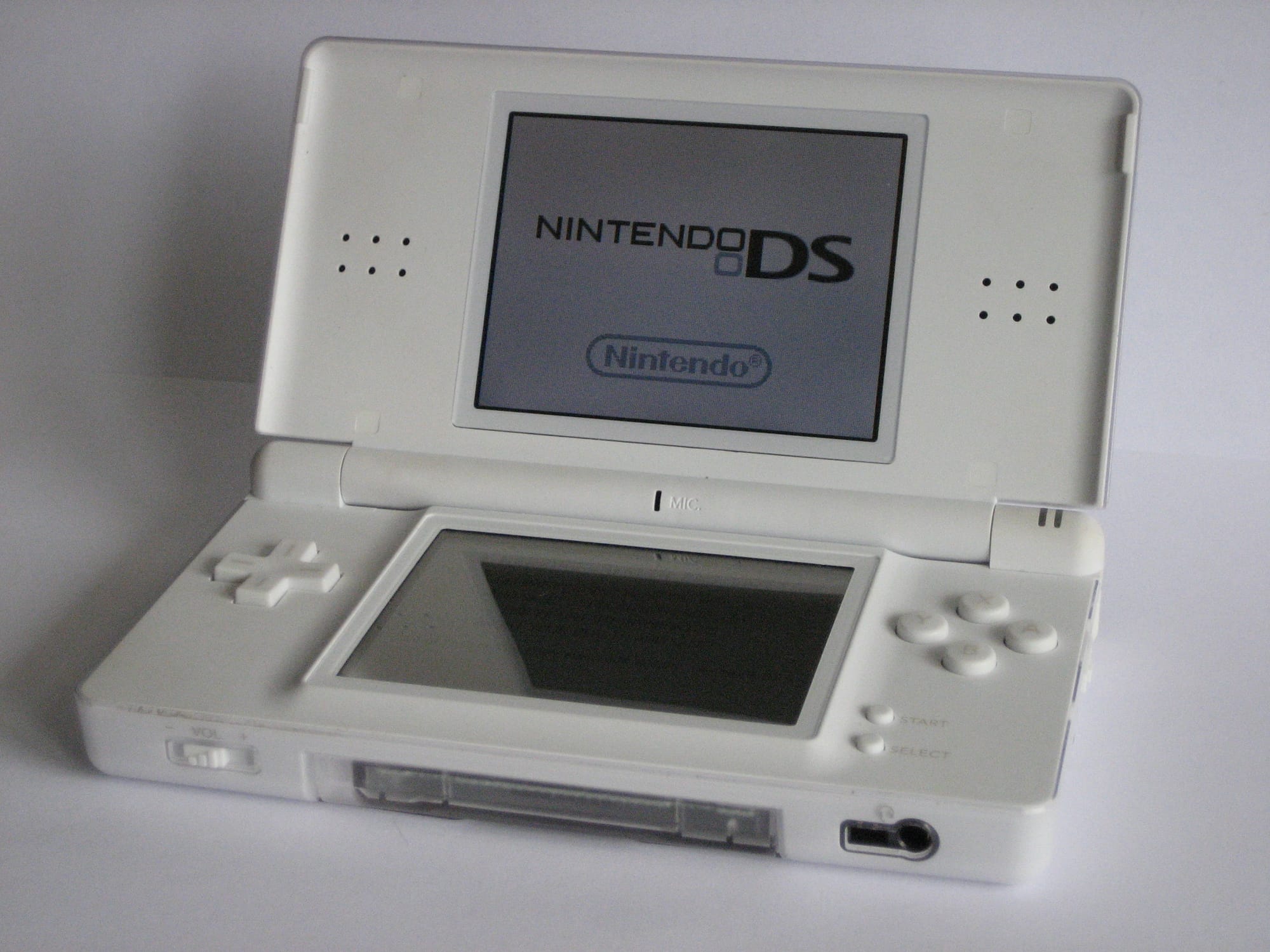
The Nintendo DS was the spark that ignited these changes. For the consumer, it was relatively inexpensive, easy to use, tough (because of its clamshell design), and innovative. Developers could also use its features to expand design features, all without a massive development budget. Small teams often created many of the platform's most popular titles. Because of the tighter budget, the games didn’t need to sell so many units to make a profit. Creativity could run a little freer in that environment, and today's popularity of the visual novel has Nintendo's console to thank for it.